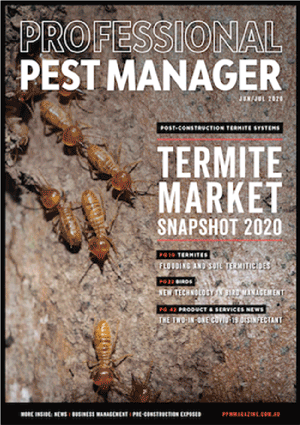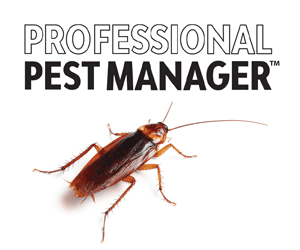Latest research indicates that the classification of mites is scientifically incorrect.
Mites are a diverse group of arachnids. They are eight-legged arthropods, although the juveniles of some species only have six legs. There are thought to be hundreds of thousands of species of mites, many of which have not been identified. Key pest species belonging to this group include bird mites, rodent mites, dust mites, spider mites, stored product mites, Varroa mites and ticks (yes, ticks are a type of mite).
Traditionally, they have been grouped into a single group – the Acari (mites), which in turn have been split into two large orders, the Acariformes (dust mites, spider mites, stored product mites) and the Parasitiformes (ticks, Varroa mites, bird mites, rodent mites). However, recent molecular research has indicated that Parasitiformes are more closely related to other chelicerates, such as the horseshoe crab, than to the Acariformes, making the terms ‘mite’ and ‘Acari’ scientifically meaningless.
So how could scientists have got the classification so wrong? A recent study has put it down to the misidentification of mouthparts. One of the key diagnostics that was used to classify a species under the Acari was the presence of highly modified, fused mouthparts (fused palpal coxae). However, it appears that it is only the endites that are fused (lobes projecting from the palpal coxae) and that for most mite species the actual palpal coxae, which are well hidden, are actually separate. So the basis for using fused mouthparts for grouping species under ‘mites’ was basically invalid.
Although classification and Latin names may change moving forward, the common mite names may still remain. However, don’t assume that all mites are closely related.
Further reading: Bolton, S.J (2025). The gnathosoma is a bad character rather than evidence for mite monophyly. Proc. R. Soc. B 292: 20250368


